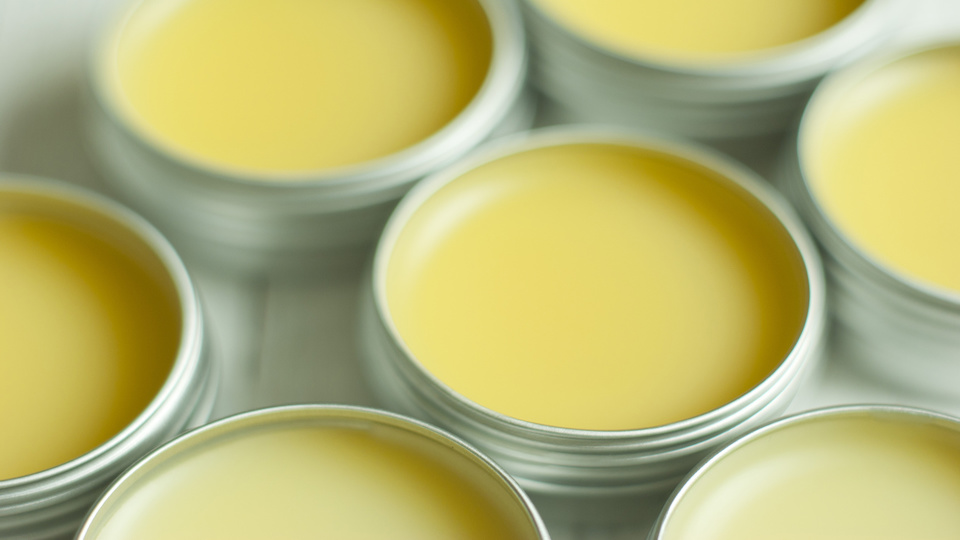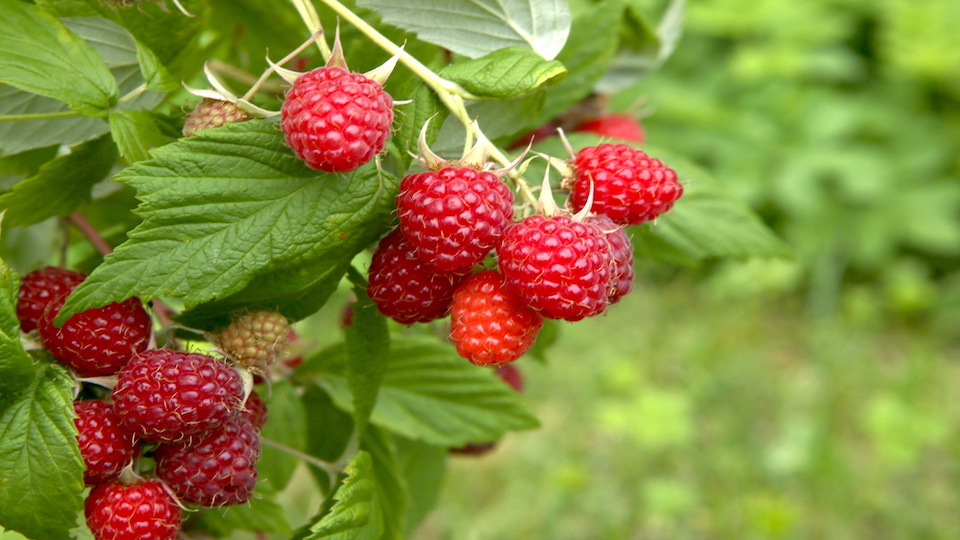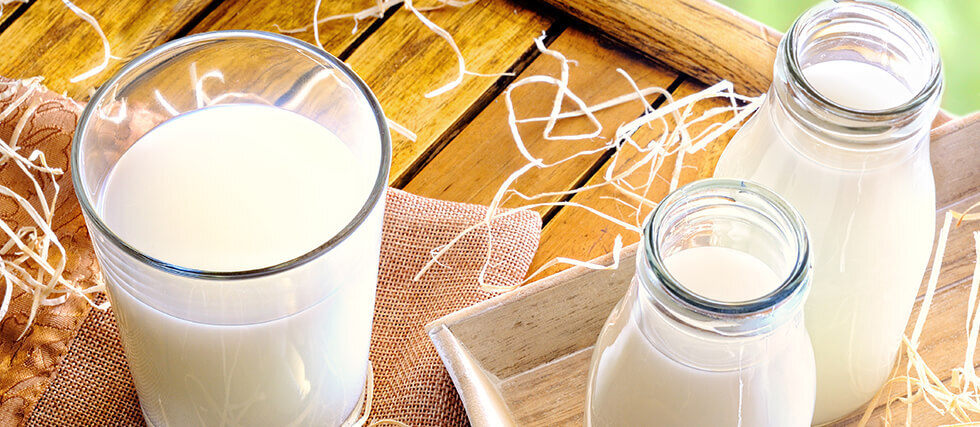Grow Your Own Hand Rescue Salve
Gardening and health are intrinsically linked. You grow your own fruits and vegetables, so you begin to eat more whole, fresh food. You have to harvest, plant, and tend your garden, so you get more physical activity and daily doses of fresh air and sunshine. However, unless you wear gloves all the time, you probably also experience the dry, cracking hands that come from spending hours digging in the dirt. Thankfully, all the herbs needed to create this soothing hand salve, and make dried out hands a thing of the past, can be grown right in your garden.













